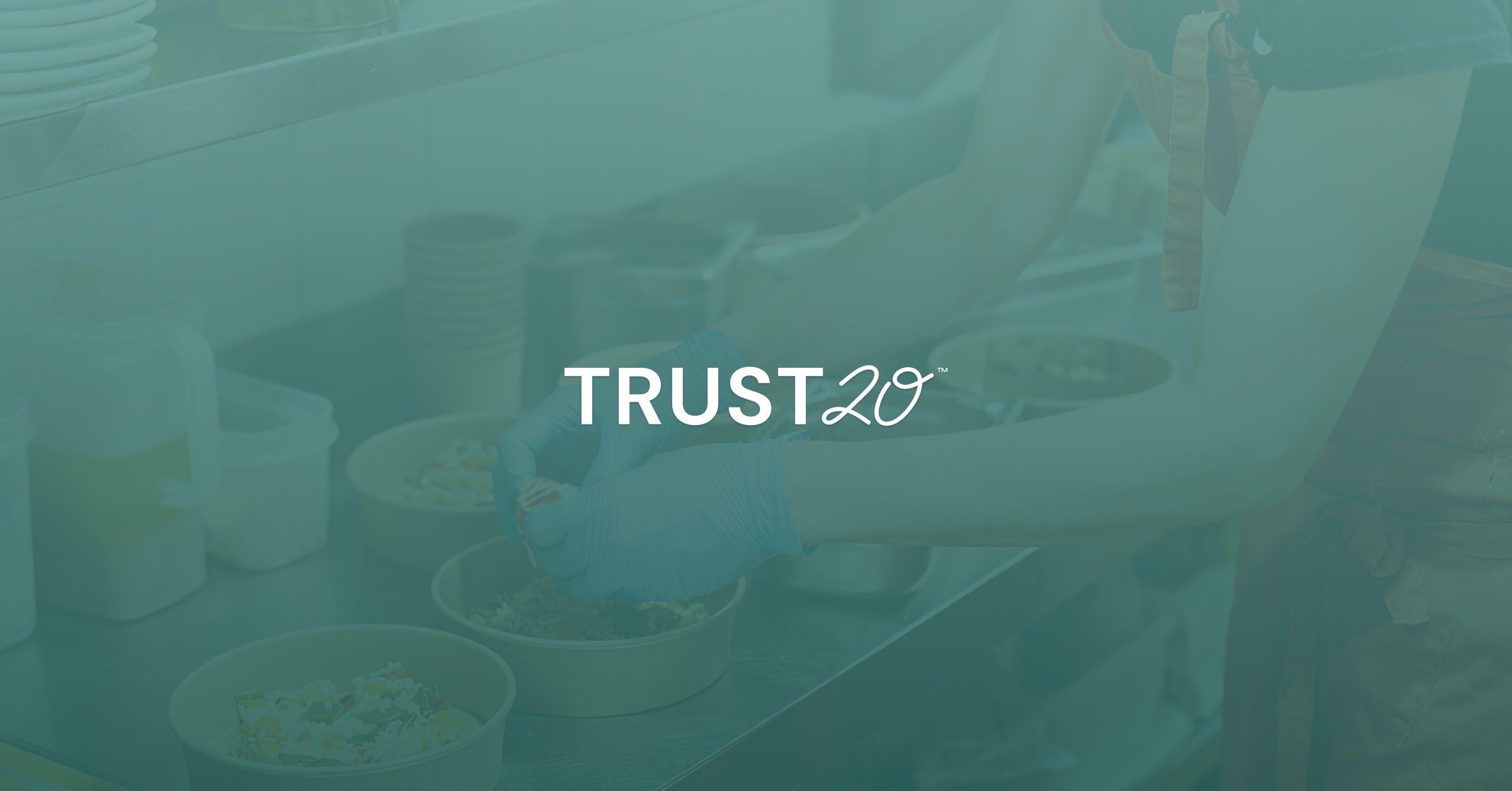It’s a busy Friday night. Your restaurant is humming, and everyone’s enjoying their meals.
Suddenly, a customer starts looking uncomfortable. Their eyes are red, and they’re having trouble breathing. What if they’re having an allergic reaction?
Sadly, this isn’t just a hypothetical situation. It’s a very real concern.
Thirty-two million Americans live with food allergies, and each year, about 200,000 of them require urgent medical attention because of a reaction.1 Among these, six million are children.
Dealing with allergies can be scary, but knowing what to do if a customer has an allergic reaction is the smartest way to prepare yourself for whatever might come your way.
What should I do if a customer has an allergic reaction?
How do I minimize the risk of allergic reactions in the future?
What should I do if a customer has an allergic reaction?
First and foremost, stay calm–panicking will only make things worse. Let’s go over the steps you need to follow if a customer experiences an allergic reaction in your establishment.
Know the signs and symptoms
One of the best ways to help your customers stay safe is to understand what exactly an allergic reaction looks like. It can vary, with symptoms ranging from respiratory problems to gastrointestinal issues, but here are some common signs to watch out for:
-
Eyes: Watering, itching, swelling, or turning red.
-
Lungs: Inflammation, wheezing, coughing, shortness of breath.
-
Skin: Itching, rashes, hives.
-
Head: Headaches, migraines, fevers.
-
Mouth and Throat: Scratchy or tingly sensations.
-
Heart and Blood Pressure: Increased heart rate, drop in blood pressure, dizziness, lightheadedness.
-
Digestive System: Bloating, gas, nausea, vomiting, diarrhea.
Remember that these symptoms can quickly escalate into anaphylaxis, a severe allergic reaction that’s always an emergency. It might look different for everyone, but it often involves difficulty breathing, a drop in blood pressure, and loss of consciousness.
Call 911
As soon as a customer seems to be having an allergic reaction, call 911 right away. Time is of the essence—professional medical help is absolutely essential when it comes to managing severe allergic reactions.
Encourage the use of the Epi-Pen if a customer has one
If the customer has an Epi-Pen, encourage them to use it immediately. Epi-Pens can significantly reduce the severity of the reaction and buy precious time until medical help arrives.
Just keep in mind that Epi-Pens, though effective at stopping reactions in their tracks, are not placeholders for medical attention. Call 911 first, then use the Epi-Pen, if there is one.
Do not move the customer
The customer may want to get up and change locations, especially if they feel nervous or anxious while they’re having a reaction. Do your best to keep them seated and still. Walking or moving around can worsen the reaction by increasing the spread of allergens through the body.
Find out what they ate
Even if you think you already know the answer, verify what the customer ate and what they believed to have caused the reaction.
If the customer already has a known allergy, this might be easier than if they aren’t aware of potential allergies they might have (like if it’s their first time having a reaction).
Stay with the person until emergency responders arrive
While you wait for the first responders to arrive, try to keep the customer calm and as comfortable as possible. Do not leave them alone under any circumstances.
If you can, designate another team member to wait at the entrance of the restaurant to guide emergency responders directly to the person in need (and clear a path if necessary).
Keep the evidence
Once you know what the customer ate, make sure it doesn’t get trashed. Hang on to the plate, as you may need it later to pinpoint the allergen source and figure out how it got into the food (if it wasn’t supposed to be there in the first place).
Have staff write statements and log the incident
Document everything. Have staff members write detailed statements on what happened, what was served, and how the situation was handled.
This log can help identify where things went wrong, whether it was a labeling issue, cross-contamination, or if the customer was unaware of their allergy.
Get contact details
If the customer or someone in the party is able to give you the information, be sure to collect contact information for follow-up purposes. This shows you care about their well-being and can help manage any legal or insurance matters that might arise.
If you’re not able to clearly determine what caused the reaction, it may be helpful to follow up later.
Debrief ASAP
You’ll likely be exhausted in the aftermath of this kind of event, but take some time to debrief with your team. After the incident, gather to discuss what happened and how it was handled. Identify any areas for improvement to prevent future occurrences.
How do I minimize the risk of allergic reactions in the future?
While it’s always best to prevent allergic reactions before they happen, it’s not always possible (or realistic). In the future, however, knowing how to identify and minimize the risk of allergic reactions is a smart move.
Know the most common food allergens
The Food and Drug Administration (FDA) identifies nine major food allergens that must be labeled on food packaging due to their prevalence in causing reactions:
However, people can be allergic to practically anything, so always stay vigilant. While it’s not as common for someone to be allergic to tangerines as it is to tree nuts, it can—and still does—happen. You’ve got to stay on your toes!
Understand your menu items
Make sure you and your staff are well-versed in all of your menu items, including ingredients and potential allergens.2 Knowing what’s what will help you provide accurate information to your customers and avoid accidental exposures.
…and “non-menu” items
Remember, allergies aren't limited to food. Some people react to non-food items like soaps, detergents, plants, and animals. Be mindful of these possible allergens in your establishment.
Avoid cross-contamination
Cross-contamination is one of the most common–and overlooked–causes of allergic reactions.
Make sure you have strict protocols in place to prevent cross-contamination. Use separate utensils, cooking stations, and storage areas for allergen-free dishes. Regularly clean and sanitize surfaces and equipment to avoid accidental exposure.
Communicate with customers and team members
As always, transparency is key. Clearly display allergen information on menus and communicate openly with customers about potential allergens in their dishes. Train your team to handle allergen-related inquiries confidently and accurately.
Final thoughts
In the world of dining, where every dish promises delightful flavors, nothing can sour the experience quite like an allergic reaction. The most important thing you can do is ensure you and your team are well-informed.
When you are armed with knowledge, the risk of an “oops” moment drops significantly. A safe dining experience is the best recipe for customer loyalty.
If you’re looking for a way to ensure you and your team understand this crucial knowledge, trust Trust20 and our comprehensive food allergen awareness training. Your customers shouldn’t have to worry about allergens—and when everyone is properly trained, they won’t have to.
Sources:
- Ruchi S. Gupta et al: Prevalence and Severity of Food Allergies Among US Adults
- CDC: Food Allergy Reactions






.png)

.png)
